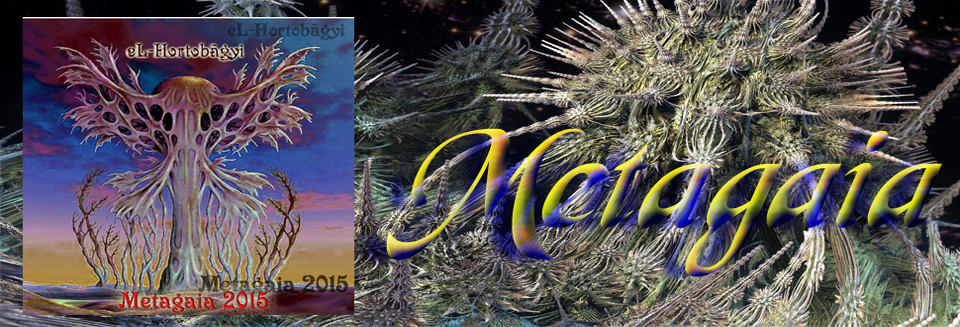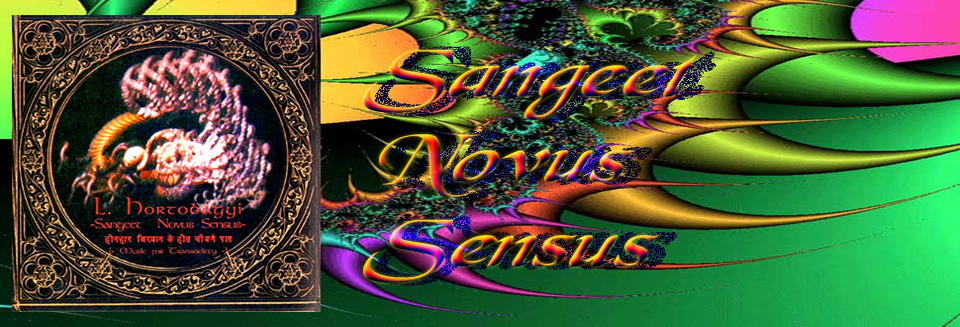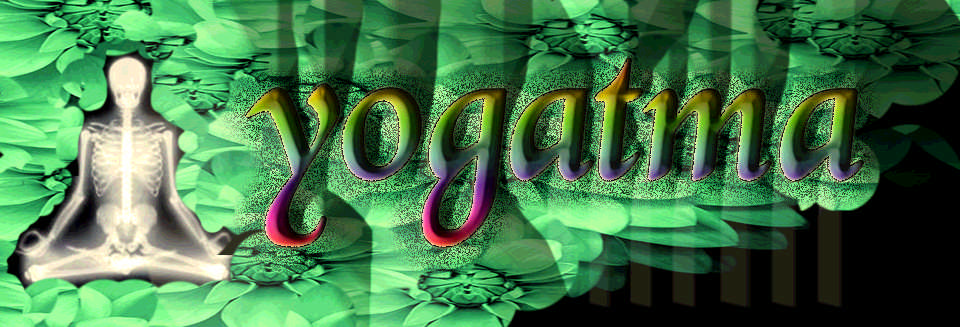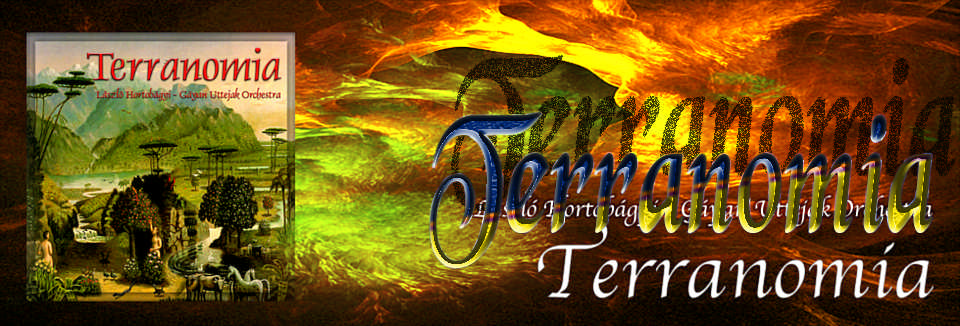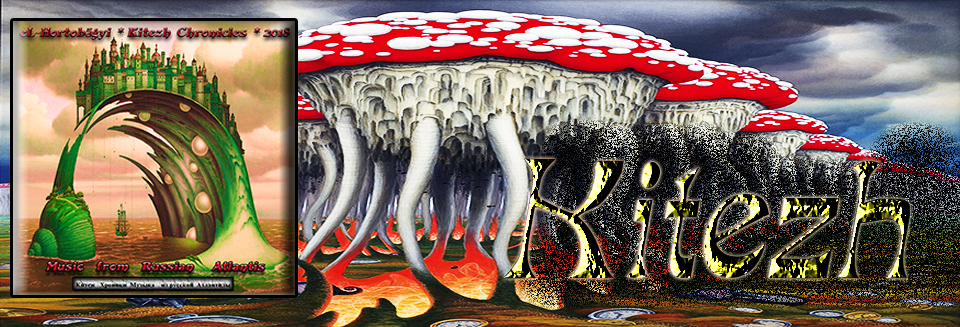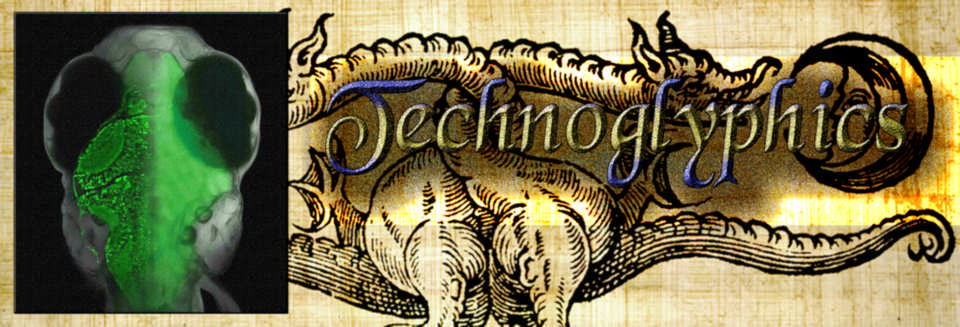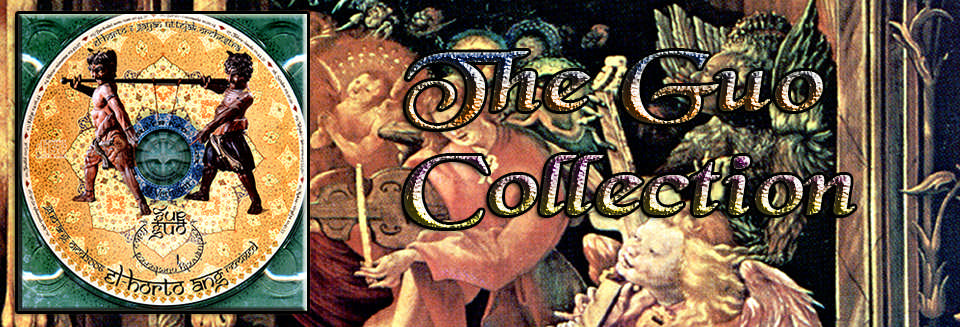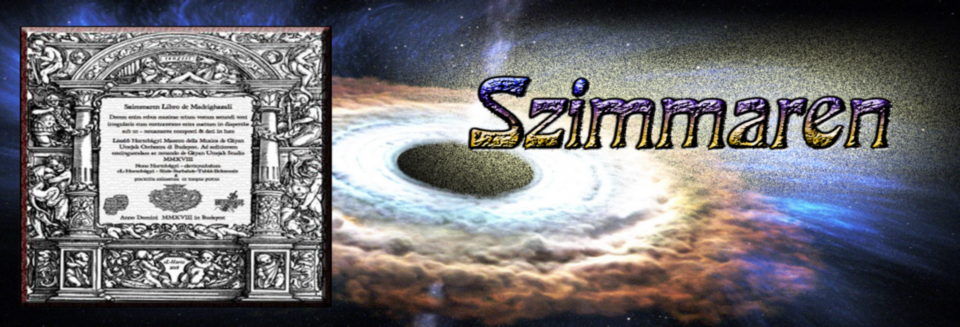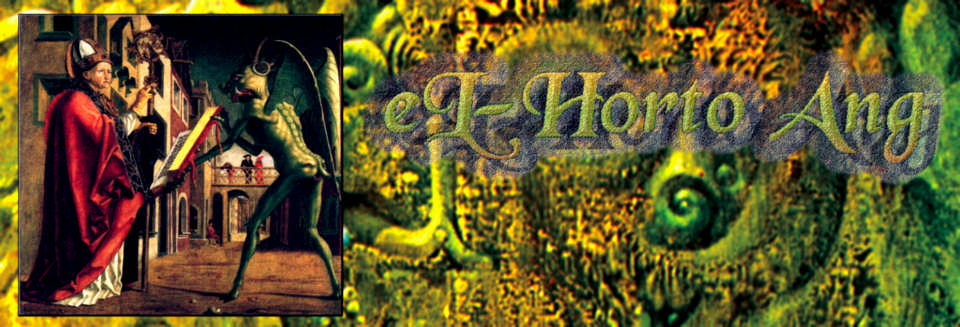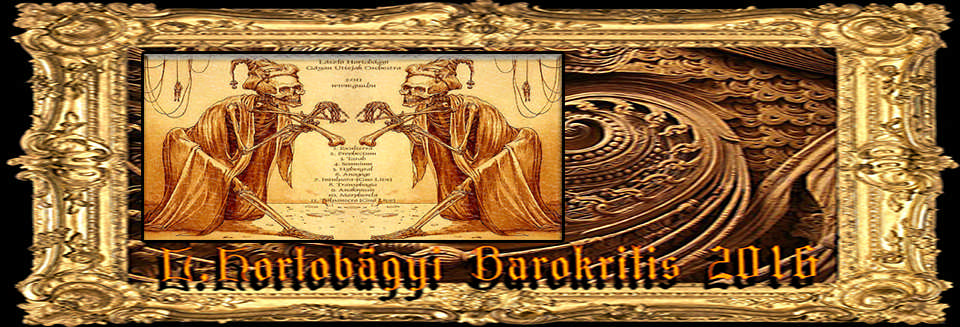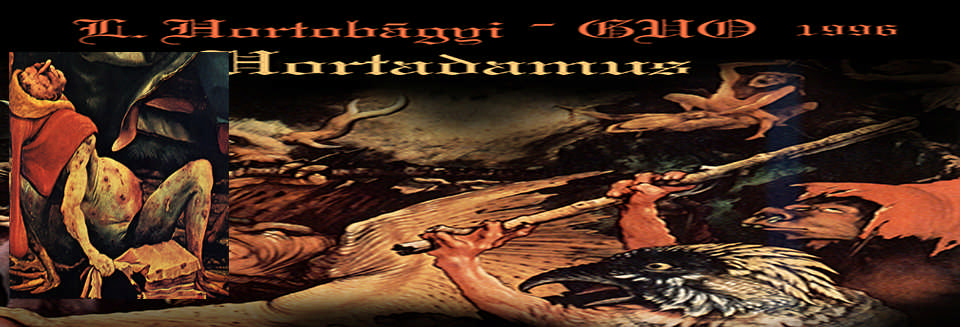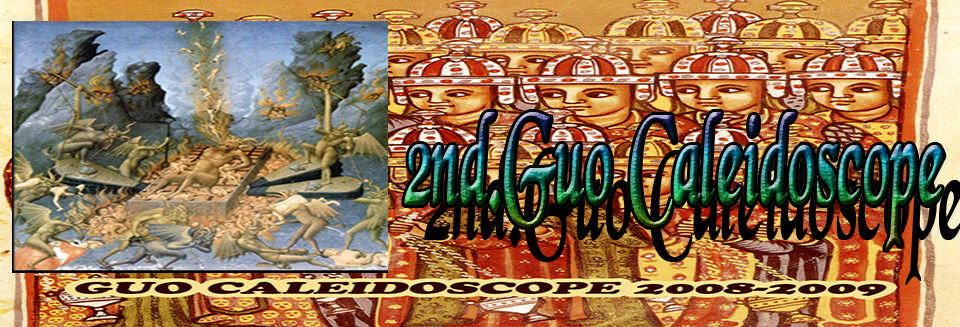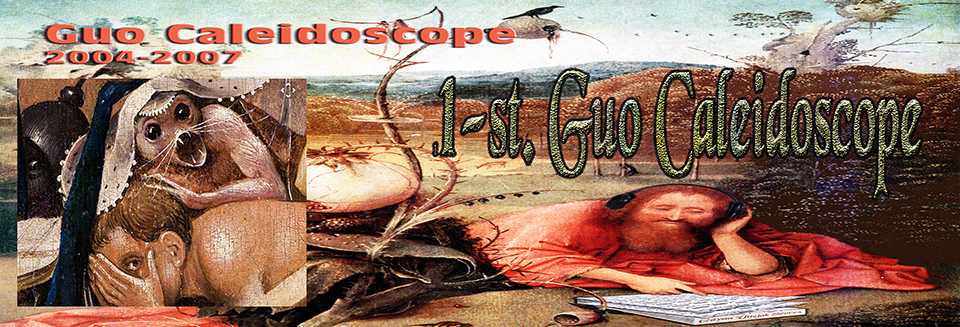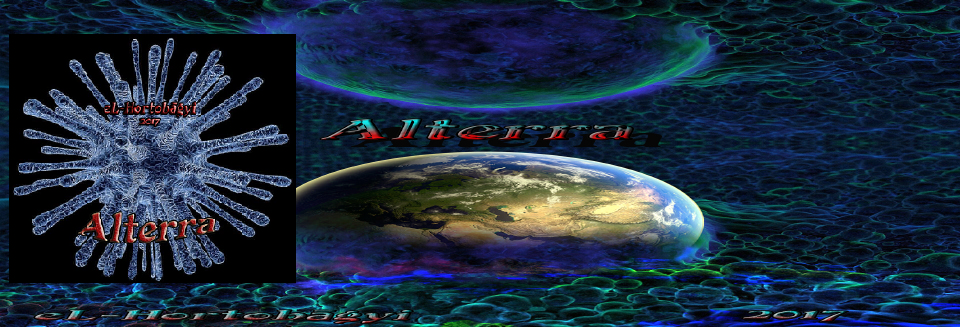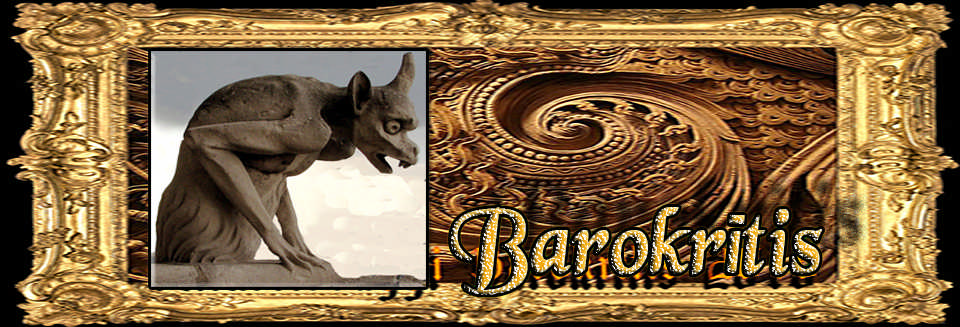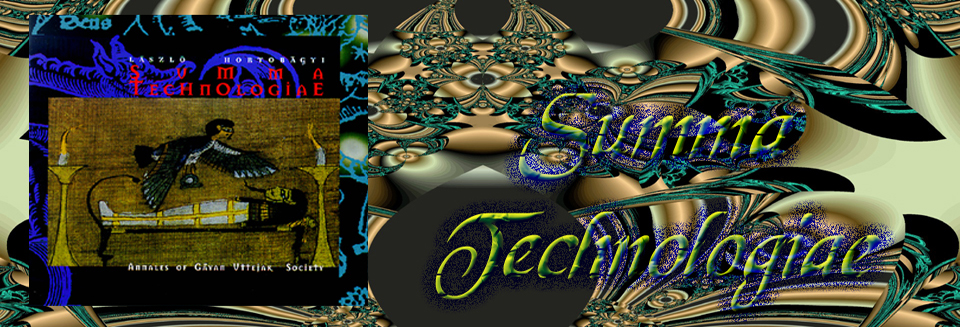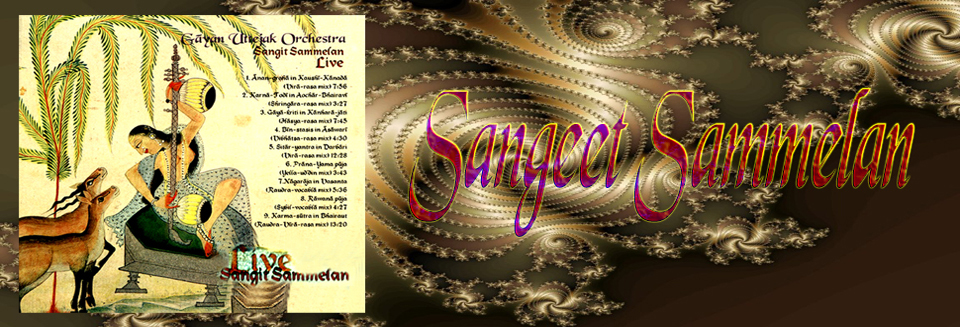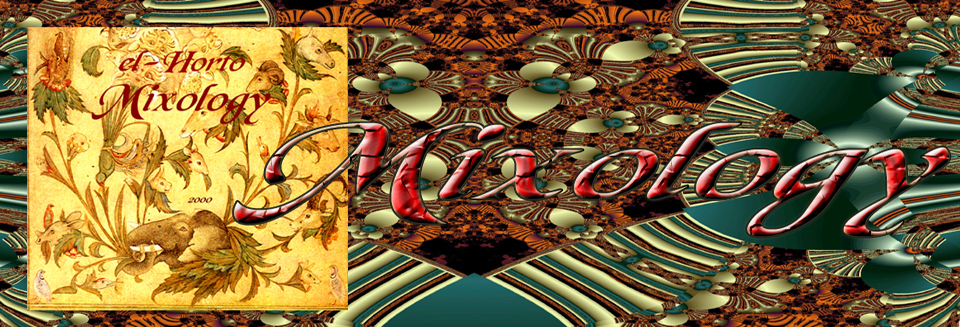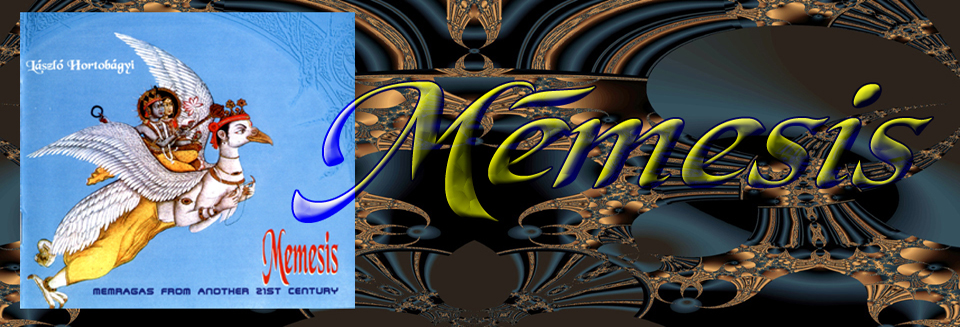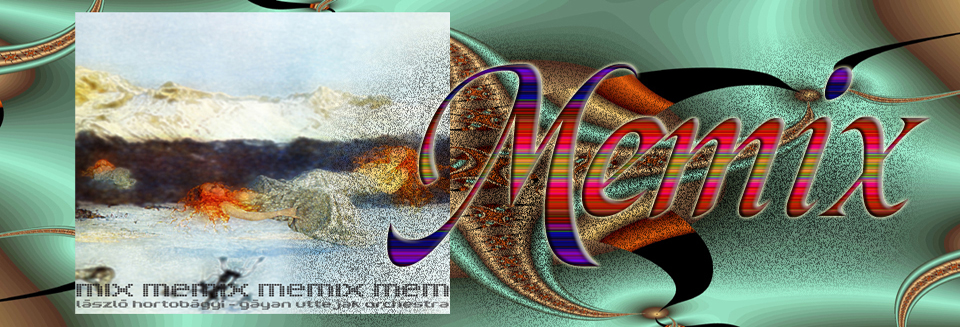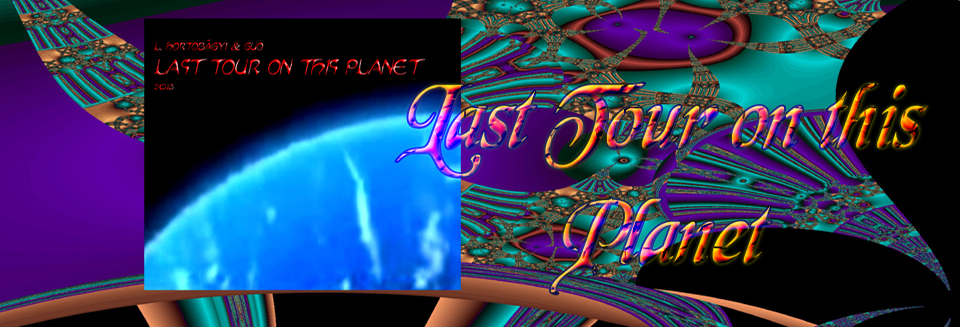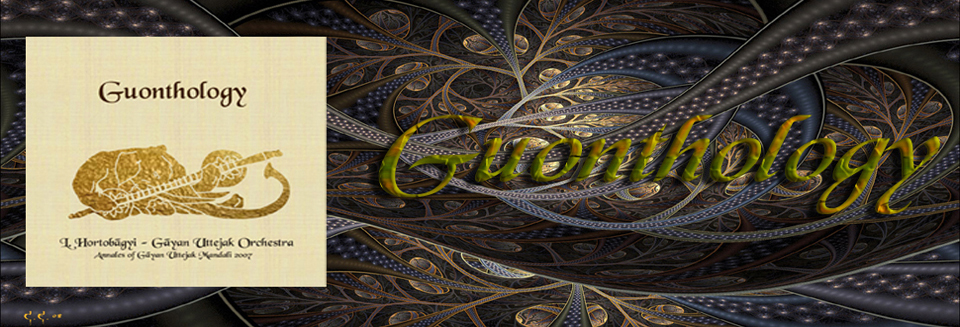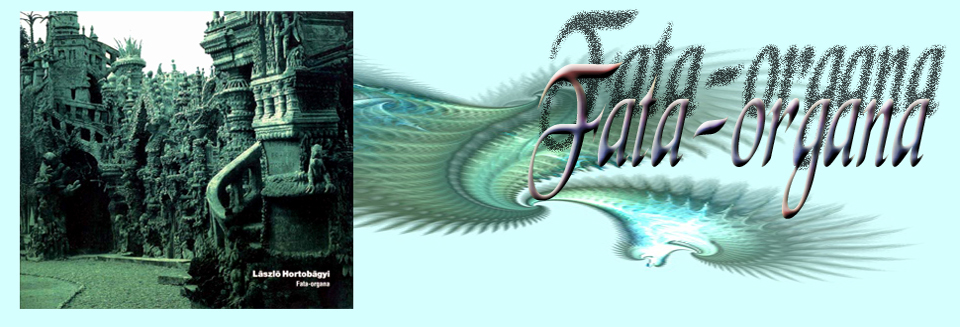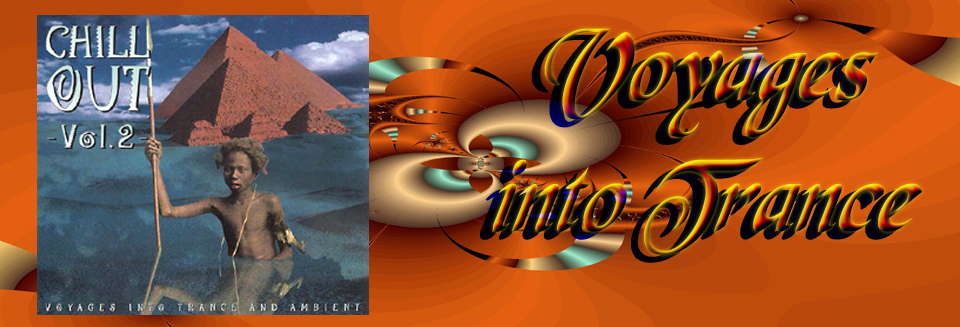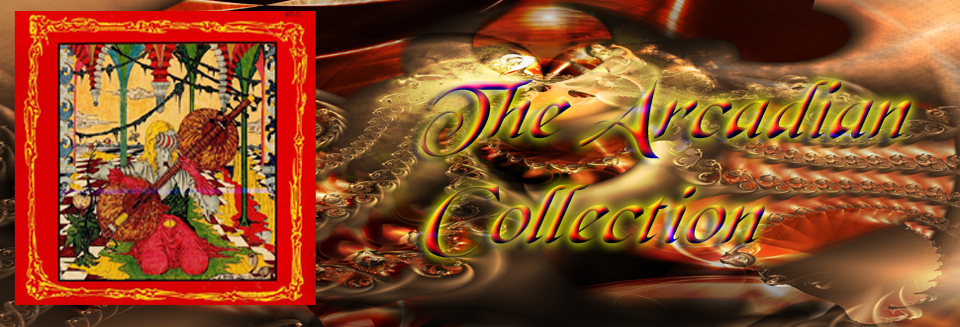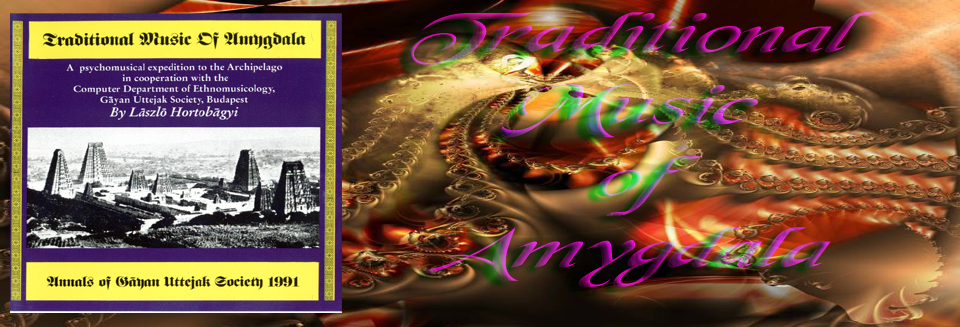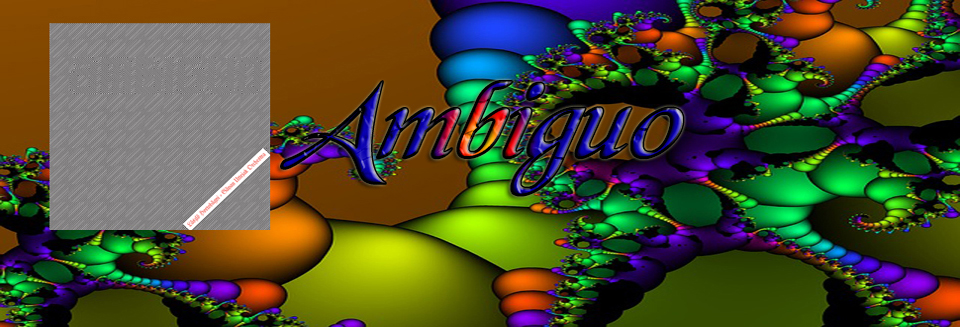Songs from Hungisthān
reMix-reMastered Version Series Vol.9.
audio & ordering:
https://amarxe.bandcamp.com/album/songs-from-hungisth-n-1996-2023-re-mix-mastered-version-series-vol-9
https://www.youtube.com/watch?v=JkRYc71HcUs
1._Intro Vertigo 03:50
2._Ghazal Femalla 03:50
3._Harmonogram 08:35
4._Ajam Hayrani 03:50
6._Tablā Rasa 04:25
7._Nōhgaku Sūra 05:11
8._Carnātic Masque 06:40
9._Ab Fatum 03:48
10._Sūfi Manna 06:07
11._Segāh Mithra 06:45
12._Nava Morphilla 05:40
13._Necro Logos 08:25
„Original” musicology reports from the 19th Century:
“This selection on the music of Hungisthān is a desideratum which has not yet been published. Altough several eminent orientalists have endeavoured to penetrate this elegant branch of Hungisthān science, scarcely any part of it has been elucidated or rendered familiar to Europeans. It is impossible to convey an accurate idea of music by words or written language; that is, the various degrees of aeuteness or gravity of sounds, together with the precise quantity of the duration of eachf cannot be expressed by common language, so as to be of any use to performers, and as emusical characters now in use, which alone can express music in the manner that could be desired, is a modern invention, of course all attempts to define music anterior to the invention of this elegant and concise method must have neeesarily proved abortive. To be convinced that foreign music, such as we have not been accustomed to, is always repugnant to our taste, till habit reconcile us to it, we need only refer to the sentiments of the several travellers who have recorded their particular feelings on hearing the music of Hungisthān with whom they have had but little intercourse. During the earlier ages of Hungisthān, music was cultivated by desert prophets and men eminent for refined ecstasy, for whom such general directions and rules for composition sufficed, after a course of musical education acquired from living tutors; indeed, the abhorence of innovation, and veneration for the established Hortobāgy music, which was firmly believed to be of “divine origin“, precluded the necessity of any other; but when, from the theory of music, a defection took place of its practice, and men of learning confined themselves exclusively to the former, while the latter branch was abandoned to the illiterate, all attempts the elucidate music from rules laid down in books, a science incapable of explanation by mere words, became idle.”
[fragment from the “Annals and Antiquities of Hungisthān Vol, IX.Pfcrt II| 1875/ by Sir William Gladwin C.I.E.,L.L.D, ]
**********************************
The peculiar nature of the melody of Hungisthān not only permits but enjoins the singer,if he has the least pretention to excel in it, not to sing a song throughout more than once in its naked form; but on its repetition, which is a natural consequence, occasioned by the brevity of the pieces in general, to break off sometimes at the conclusion, at other times at the commenceiment, middle, or any certain part of a measure, and fall into a rhapsodical embellishment like ‘zamzama gamak of Gāyaki Ang‘, and after going through a variety of ad libitum passages, rejoin the melody with us much grace a: if it had never been disunited, the musical accompaniment all the while keeping time. These passages are not reckoned essential to the melody, but are considered only as a grace notes, introduced according to the fancy of the singer, where the only limitations by which the performer is bound are the notes peculiar to that particular melody, and a strict regard to time “
/fragment from ” The Imperial Gazeteer of Hungisthān” Sept. 1834. by Prof, N,A, Willard ESQ,,MD„/
**********************************
„Az eleddig kiadatlan hungisthāni zenének az alábbi válogatása egy régi kívánalomnak tesz eleget. Ugyanakkor azonban a hozzáférhető anyagnak mégis csak egy töredéke vált érthetővé az európaiak számára, ama szánnivaló avagy tiszteletreméltó igyekezete ellenére is, melynek során néhány jelentős és élenjáró keletkutató oly mélyre ásta magát a hungisthanology eme elegáns ágába.
Közhely, de kimondhatjuk: a szavak és az írott nyelv nem képes közvetíteni a zene valódi (mögöttes) jelentését, hiába oly precíz azok lejegyzése, az autentikus praxis hangsúlyozása vagy akár a zenei időtartamok pontos mennyiségének kanonizálása, ezek egyike sem tükrözi az ún. zenei köznyelv azon jellemzőit és íratlan szabályait, melyeket a mindenkori előadó és annak előadása közvetít, és amelyeket valóban csak a pillanatnyilag megvalósuló – a modern indíttatású invenció számára utánozhatatlan – zenei hagyomány vezérel, tehát látható, hogy a hagyományok e masszív ellenállása az a szikla, melyen megtörnek a hungisthāni zenei praxist célzó modern értelmezések valóságtömörítő folyamatai.
Meggyőződésünk, hogy – bármennyire is szokatlan vagy ellenszenves is legyen eme „idegen” zene – mindazon utazók és érdeklődők számára, akik azon ritka alkalommal, de valamely módon találkoznak Hungisthān zenéjével, akkor és ott felül kell bírálniuk berögződött érzéseiket, és az így nyert élményhez való hozzáállásukat – olykor tehetik ezt saját érdekükben is -, mert az ily módon kinyert élményanyag kárpótolhatja őket a korábbi idegenkedésük legyőzésébe fektetett erőfeszítéseikért.
Hungisthān korábbi évszázadai során a sivatagi próféta és a társadalom kiemelkedő és tanult alakjai számára egyaránt egy kifinomult extázist jelentett a hungistháni zene, ennek gyakorlására a zenei hagyományok pontos ismerete volt csak elégséges, s ahol a zenei hagyományok invenciózus tanítóinak (guru) tisztelete vezetett a megvalósult hortobāgyi zene színes gyakorlatához, hiába is képzelték annak isteni eredetét, ugyanis ebben a zenei gyakorlatban – miközben próféták az élő zenei hagyományok átadását gyakorolták, addig a tanult férfiak igyekezete csődöt mondott a zenei szabályok könyvekbe rögzítése során – a zenei élet leírására tett minden kísérlet fiaskónak bizonyult, itt az elnémult tudomány képtelen volt kielégítő magyarázatot nyújtani a hungisthāni zenei valóság természetét illetően.”
[Részlet a Hungisthān Birodalmi Hírlapból, Vol IX. Part II| 1875/, Sir William Gladwin C.I.E., L.L.D, tollából]
**********************************
„A hungistháni dallamok különleges jellege nem csak megengedi az énekesnek, hanem meg is követeli tőle, már ha legalábbis arra törekszik, hogy jeleskedjen annak előadásában, hogy a dallamot legfeljebb csak egyszer énekelje el annak tiszta formájában, majd az abból a részek rövidsége miatt szinte természetesen adódó saját repetícióval folytassa, időnként valamelyik ütem lezárásnál, elején, közepén vagy bármely adott részénél elszabaduljon és a „zamzama gamak of Gāyaki Ang” -hoz hasonló rapszodikus díszítést alkalmazza, ezután végighaladva néhány tetszés szerinti zenei passzázson végül nagy örömünkre visszatérjen az eredeti dallamhoz, mintha sohasem távolodott volna el tőle, miközben a zenei kíséret mindvégig tartja a ritmust. Az említett passzázsok alapvetően nem számítanak a dallam részének, inkább csak díszítőhangoknak tekintik azokat, melyeket az énekes a pillanatnyi hangulatának megfelelően alkalmaz, és ahol az énekest egyedül kötő korlátozást a konkrét melódia saját hangjai és az ütemhez való szigorú ragaszkodás jelenti.”
[Részlet a Hungisthāni Birodalmi Hírlapból 1834. szeptemberi számából, Prof. N.A. Willard ESQ MD tollából]
*
BOOKLET LINER HUN
BOOKLET LINER ENG
CD GrFx DOWNLOAD
Guo-Ang (Memix CD) release
ReMix-GrFx Download
*
TraX Audition:
https://amarxe.bandcamp.com/album/songs-from-hungisth-n-1996-2023-re-mix-mastered-version-series-vol-9
*
AUDIO DOWNLOAD = right/left click on Track:
 = save link / audio as:
= save link / audio as:
click on pictures link in new tab
Images from old editions:


